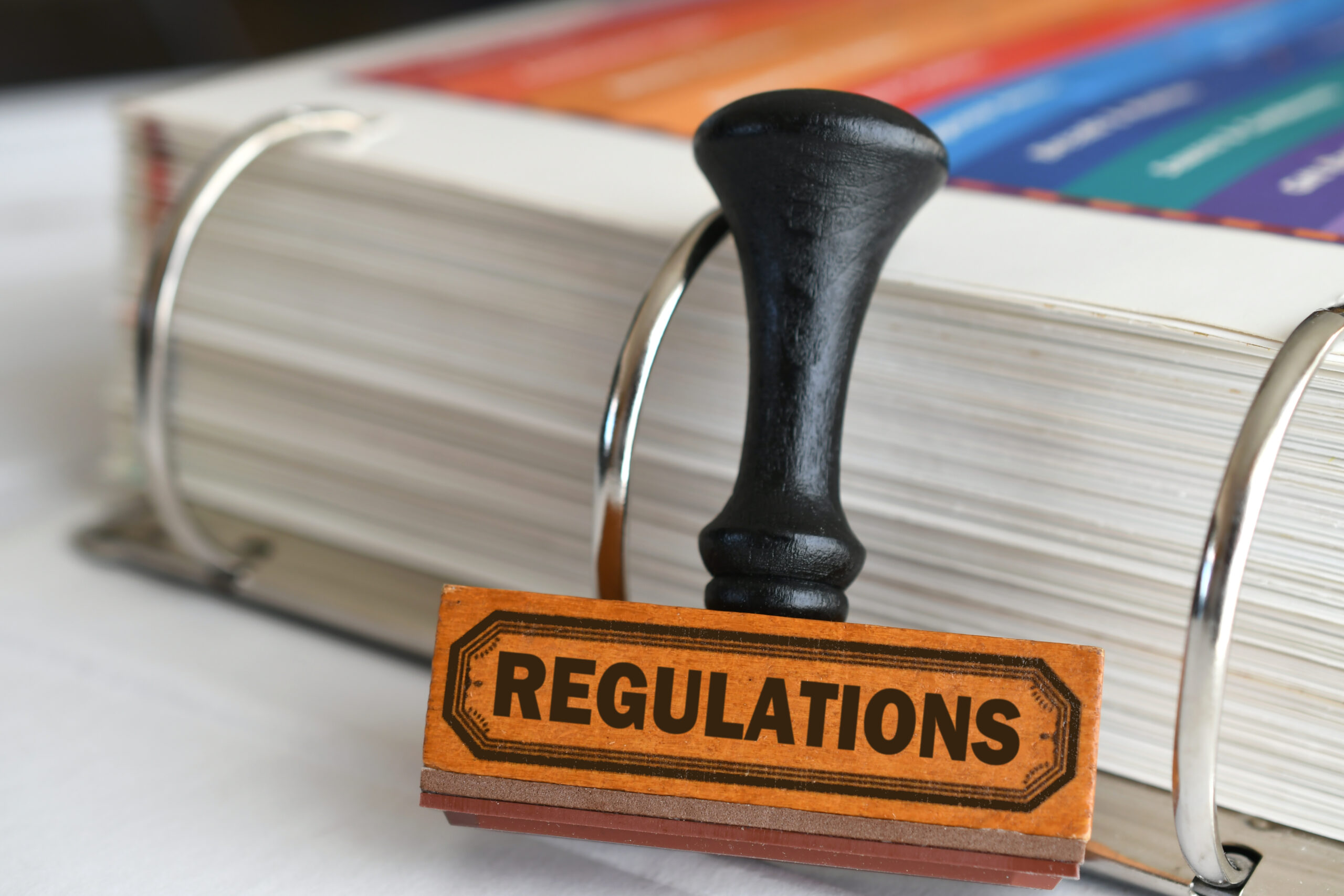Navigating the complex landscape of local signage laws is a critical responsibility for business owners. A well-designed sign can enhance your brand, attract customers, and boost sales. However, failing to adhere to local regulations can result in fines, forced removal, or even legal action. This guide provides essential insights into local signage laws, offering business owners a roadmap to ensure their signs are both effective and compliant.
Why Local Signage Laws Matter
Local signage laws exist to maintain public safety, preserve community aesthetics, and ensure that businesses contribute positively to the neighborhood. These regulations govern various aspects of signage, including size, placement, lighting, and content. Understanding and complying with these rules not only protects your business from costly penalties but also helps maintain a positive relationship with the community and local authorities. A compliant sign can serve as a powerful marketing tool, while a non-compliant one can detract from your business’s reputation and bottom line.
Key Components of Local Signage Regulations
Local signage laws can vary widely depending on the municipality, so it’s important to be aware of the specific requirements in your area. Some of the most common components include:
- Size and Dimensions: Regulations often specify the maximum and minimum dimensions for signs. These rules help prevent visual clutter and ensure that signs are proportionate to the building and surrounding environment.
- Location and Placement: Zoning laws determine where signs can be placed. For example, signs in residential zones may face stricter guidelines than those in commercial districts. Additionally, there might be restrictions on how far a sign can be from the building or the street.
- Illumination and Lighting: Many local ordinances have guidelines on the use of lights for signs. These rules are designed to prevent light pollution and ensure that illuminated signs do not distract drivers or disrupt the community’s nighttime ambiance.
- Content and Design: Some communities enforce content guidelines to ensure that signage is appropriate for the area. This may include restrictions on animated displays, flashing lights, or other elements that could be deemed disruptive.
Researching and Understanding Your Local Ordinances
Before designing or installing any sign, it’s essential to research the local signage laws in your area. Start by contacting your city or county planning department, which can provide detailed information about the regulations and the application process for sign permits. Many municipalities also offer online resources where you can review local ordinances and see examples of compliant signage.
Permits and the Approval Process
In most jurisdictions, you’ll need to obtain a sign permit before installing or modifying a sign. The permit application process typically involves submitting detailed plans and specifications, which may include design sketches, measurements, and photographs of the proposed location. Be prepared for a review process that could involve inspections or public hearings, especially if your sign is located in a historically designated district or a sensitive area.
Tips for Ensuring Compliance
- Consult Professionals: Consider hiring a sign company or legal consultant familiar with local regulations. Their expertise can help you navigate the permitting process efficiently and avoid costly mistakes.
- Plan Ahead: Allow ample time for the permit approval process in your project timeline. Delays can occur if your application is incomplete or if revisions are required.
- Stay Updated: Local regulations can change. Regularly review any updates to the signage laws in your area to ensure ongoing compliance.
Conclusion
Understanding local signage laws is a vital step for any business owner looking to make a strong, positive impression. By researching your local regulations, obtaining the necessary permits, and consulting with experts, you can create effective signage that not only enhances your brand but also complies with all legal requirements. Taking the time to navigate these complexities now will save you time, money, and potential legal headaches in the future.

